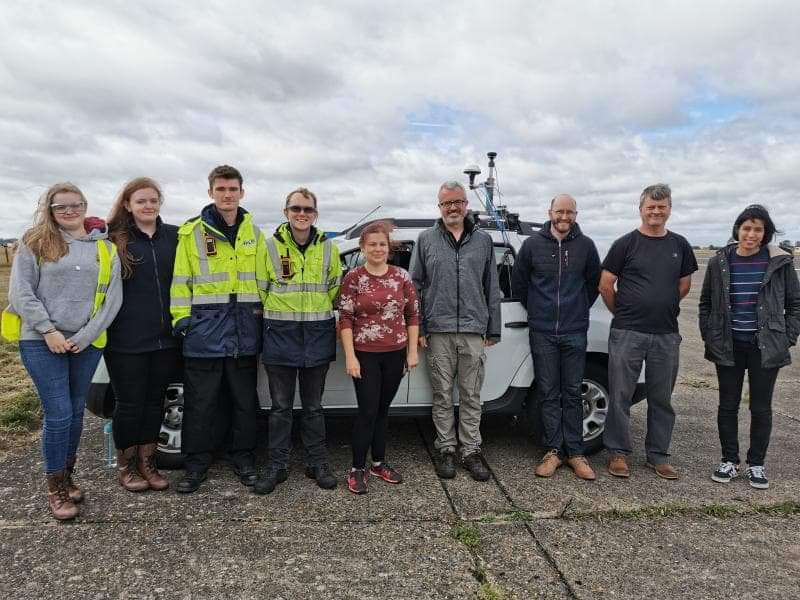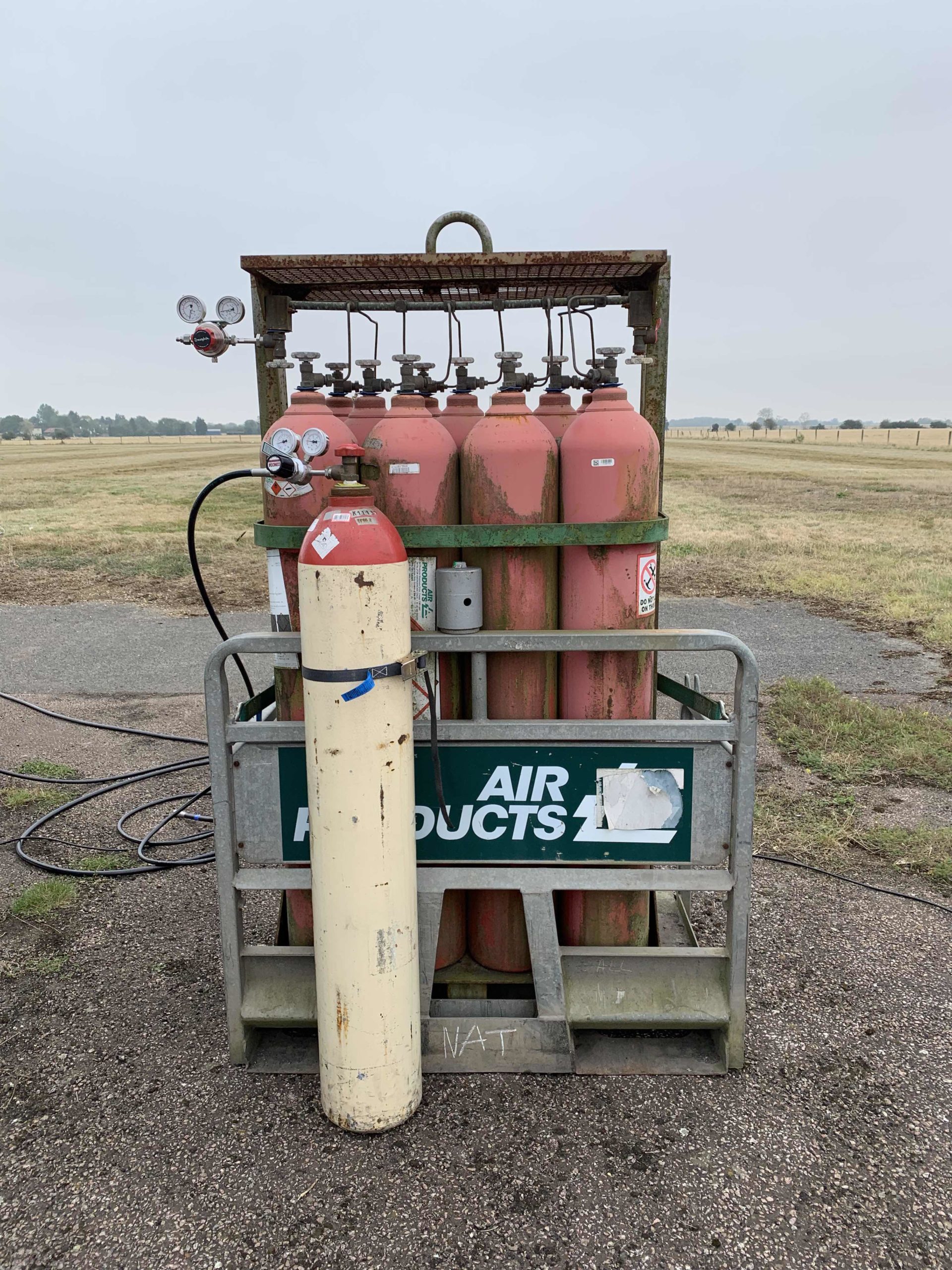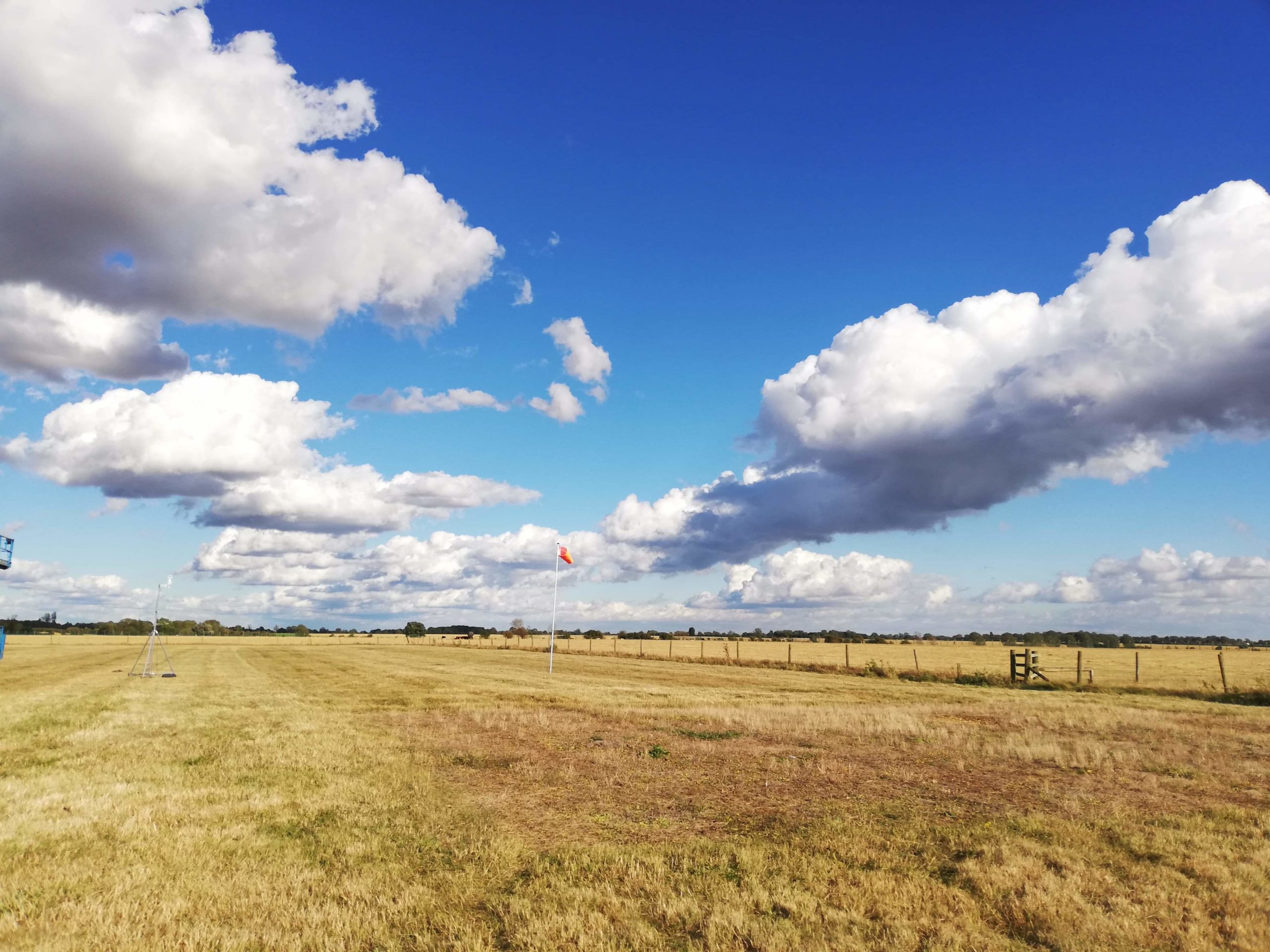Blogs
Sara Defratyka – Unobvious side of science – secondment at NPL
Have you ever thought about a proper receipt for making science? What ingredients do we need to do an excellent job as a scientist? Probably, the first things you thought about is the right equipment. And you are right! It is not possible to conduct an experiment without a good instrument.
But what else? You could say: knowledge, a protocol of analysis, tools for data treatment, the curiosity of the scientists… We can find a lot of ingredients necessary to make science. But we can’t miss two components: network and validation. As the MEMO2 project is a European Training Network, all PhD students in our project have many possibilities to extend their scientific network. During our study, we have schools and workshops together, we attend conferences.
Moreover, during secondments, we work with different academic and non-academic partners. So the MEMO2 project easily provides many possibilities to build a scientific network. And what about validation? Why do we need validation to make good science? The answer is straightforward: to be sure that our methods and results are reliable and comparable with other scientists’ work. Moreover, if we want to share our data with the non-scientific world, we have to be sure our results are accurate and credible. To achieve this, the scientists do a bunch of different tests of used methods. Then we compare the obtained results with the expected value. And voila! We have validation of our methods.
So how we can combine networking and validation in case of methane measurements? It’s quite easy – just participate in a trace release experiment with some other scientific institution. And that was the purpose of my secondment with a non-academic partner – National Physical Laboratory (NPL). The main part of my secondment was focused on five days of a trace release experiment. The experiment was done in collaboration with one of the other MEMO2 institutions, Royal Holloway University of London (RHUL). And me, as a guest, could also take an opportunity of this test to validate the methods I use in my PhD study.
 |
|
Fig. 1: Our tracer release team from NPL and RHUL |
During those five days, more than 20 releases were made. Each one lasted about 45 minutes. During the test, methane was released with a constant isotopic signature. Depending on the releases, some parameters were changing: the emission rate (how much methane was emitted), the emission height (ground level vs ~4m above the ground). Also, the ethane/methane ratio (how much ethane was co-emitted with ethane) varied. For part of releases, we knew the parameters’ values. However, part of them was blind, and we will get these value after submitting our estimates. Using blind tests is a popular validation method and increase our credibility.
 |
 |
|
Fig. 2: Emission set-up |
Fig. 3: Cylinders with methane and ethane |
Now you can ask what precisely I have done there? Well, this test allowed me to evaluate the AirCore tool I’m using to determine the isotopic signature of the source (I wrote a little about it here: https://h2020-memo2.eu/2018/12/05/sara-defratyka-aircores/). Also, I could verify if the instrument, which I use, gives accurate ethane/methane value. And also to see how accurate is a model which I use to calculate methane emission. In one word: validation of methods!
Of course, my secondment wasn’t only five days of field work. It was also an organizational challenge. I had to arrange preparation and shipment of the instrument from my laboratory (LSCE) to the United Kingdom. In the meantime, I also did some laboratory tests for my equipment. And now, it is time for data treatment.
So how accurate and credible are our data? We will see after finishing all the calculation!!


